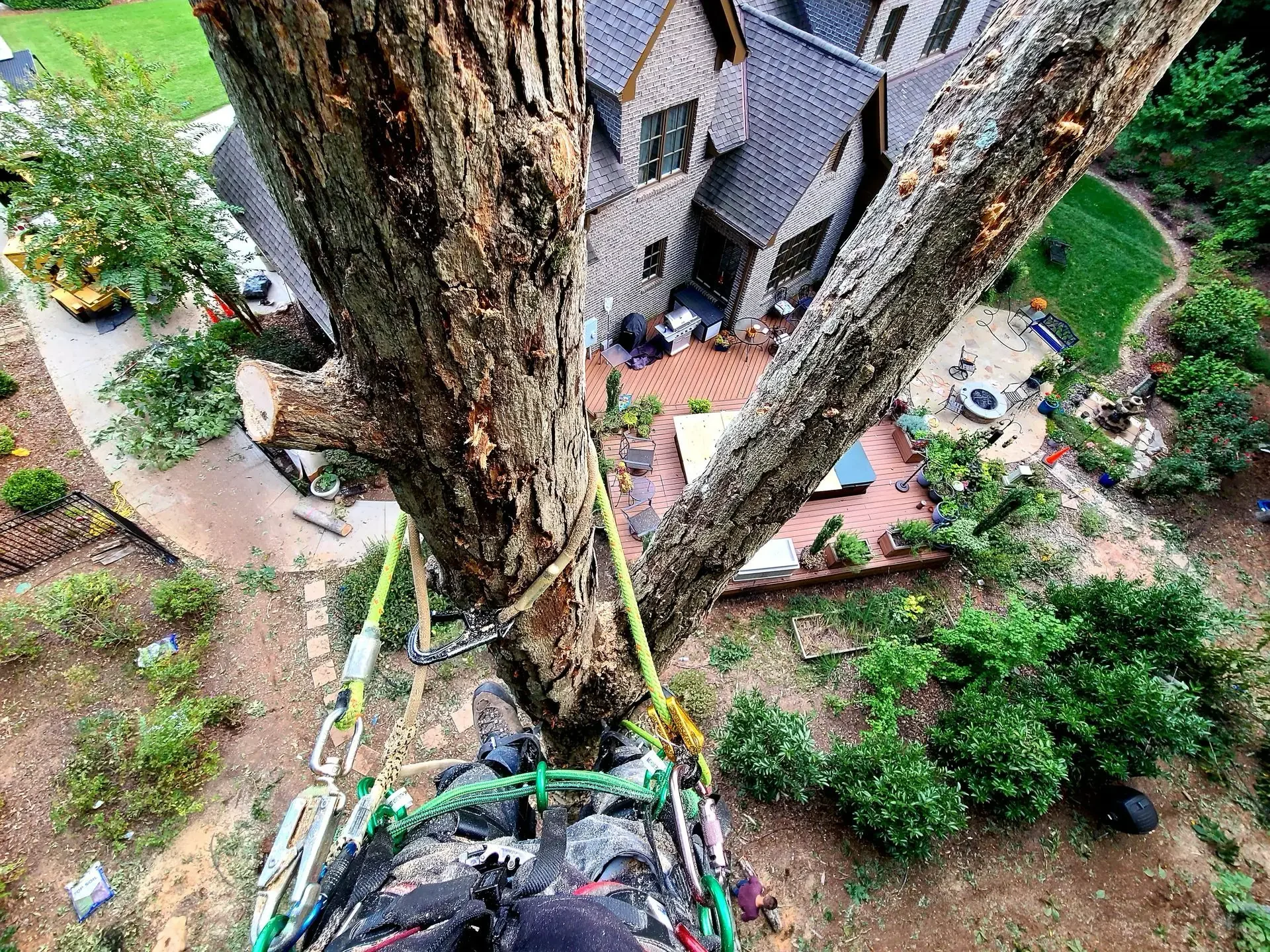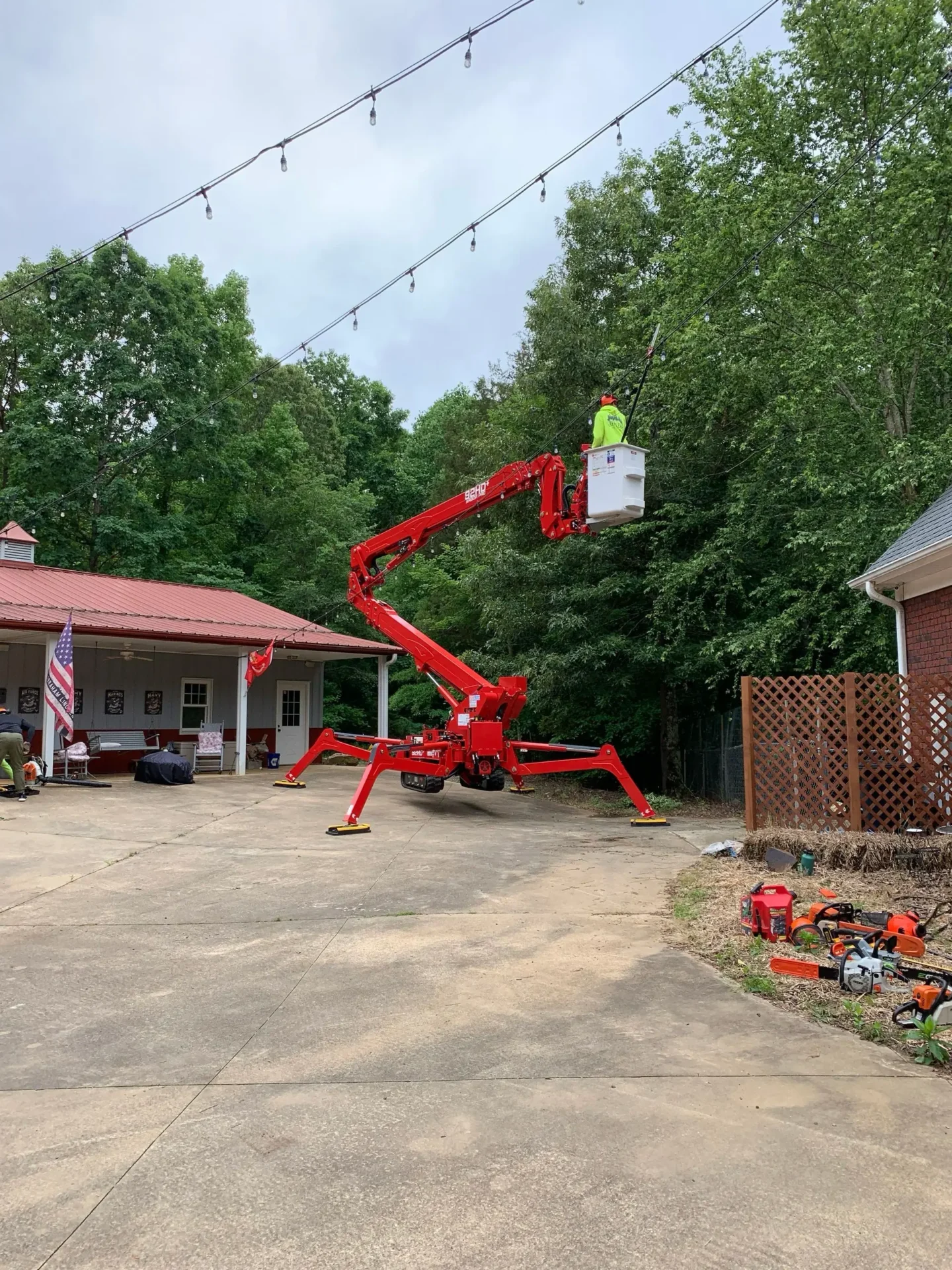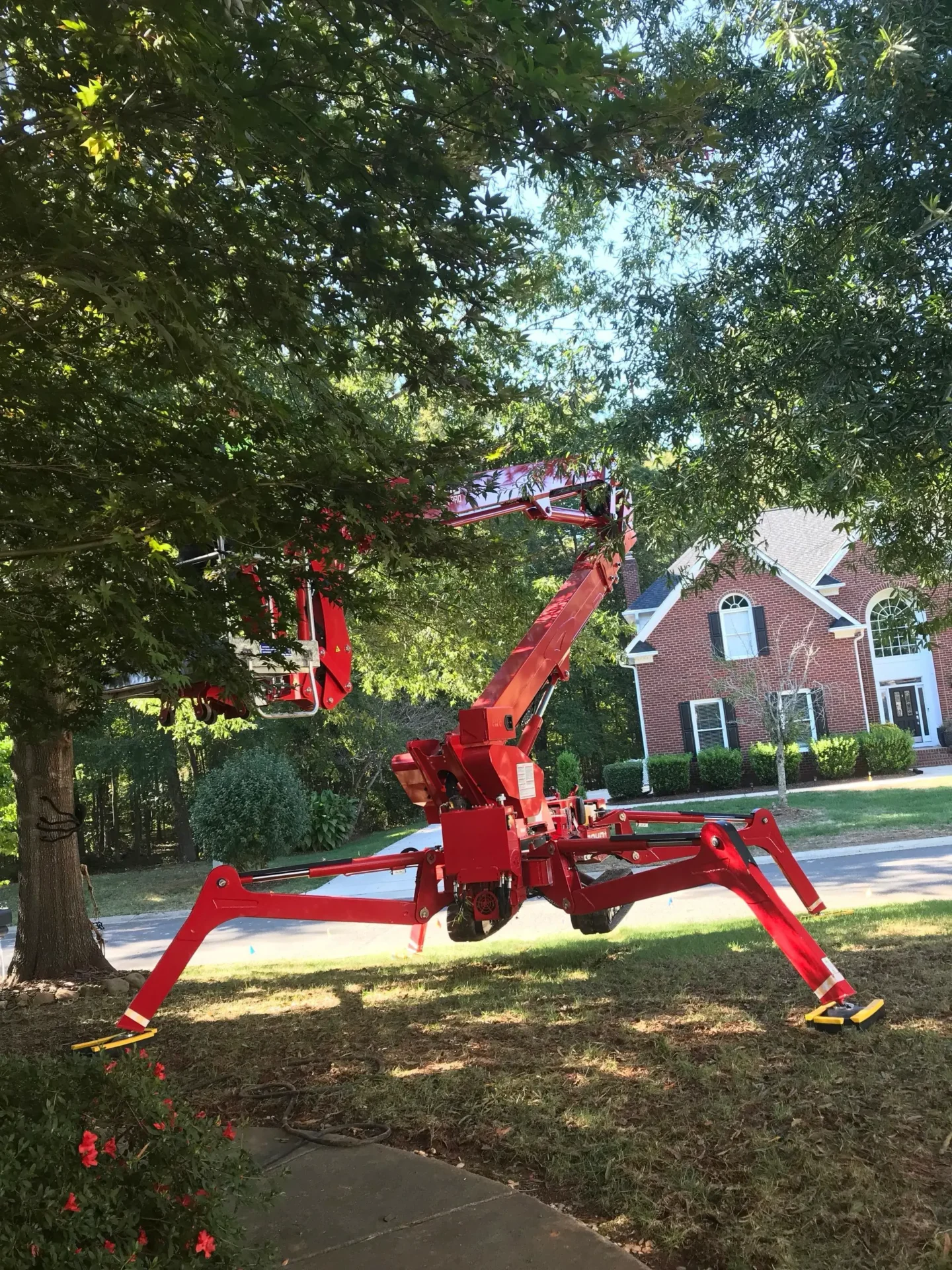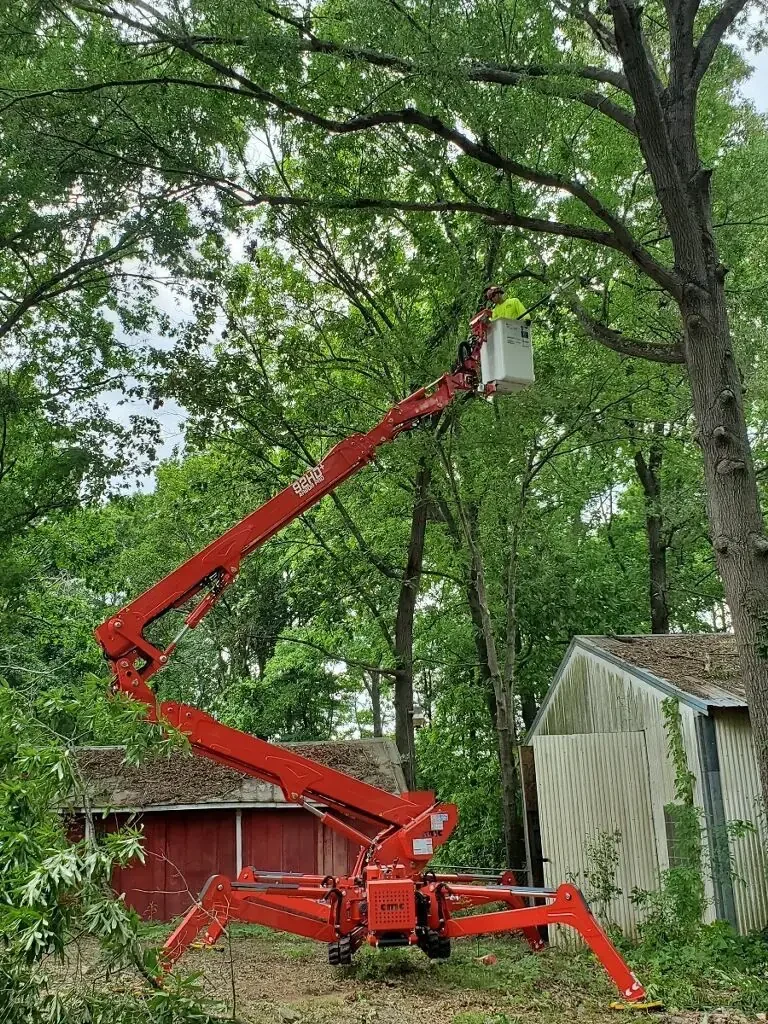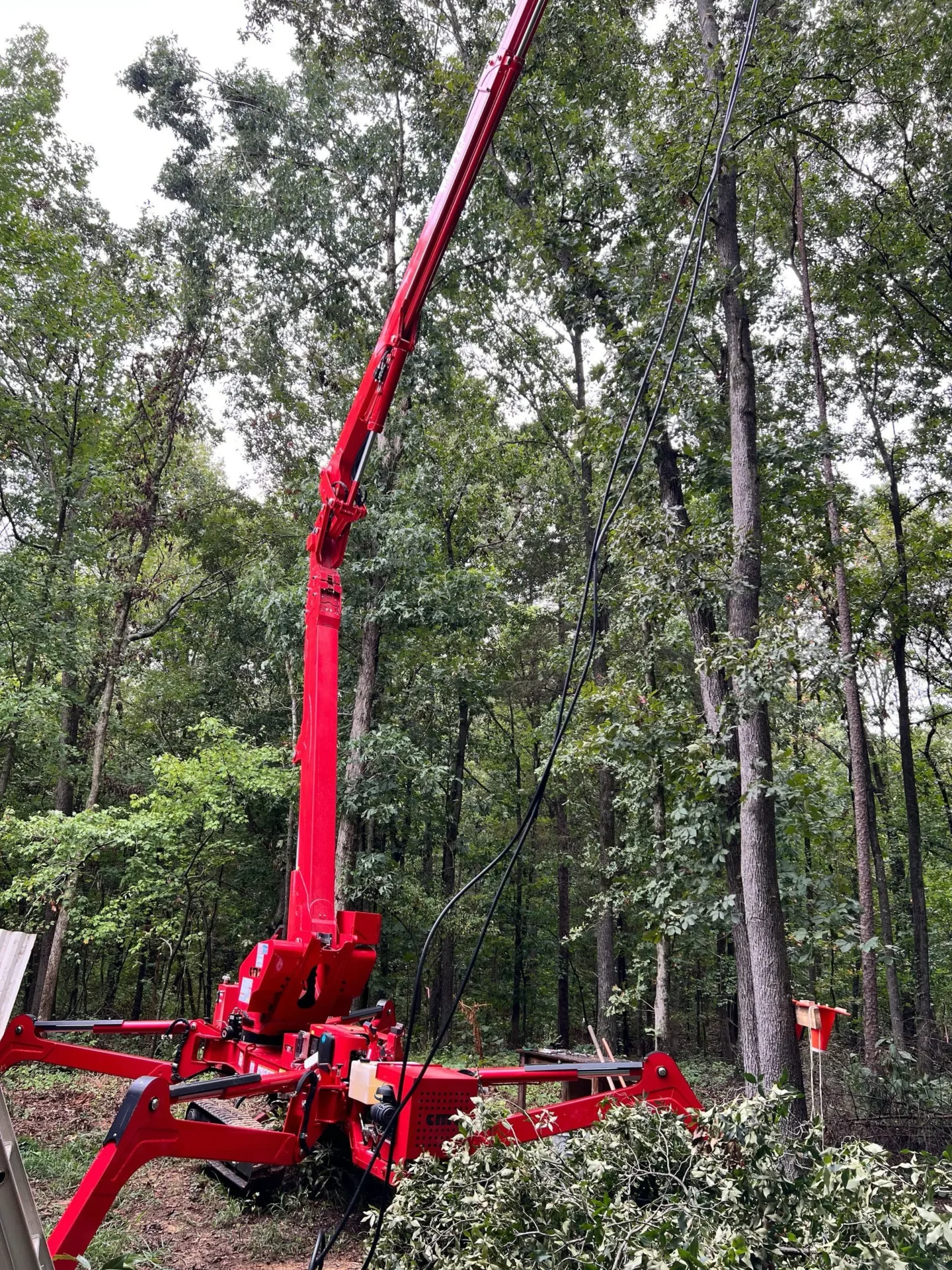Tree Risk Assessment

A fun, approachable, and still-professional look at how we keep your trees safe, stable, and storm-ready.
Trees have a lot of personality. Some stand tall and proud, some lean just a little too far to the left, and some look perfectly normal until the moment they drop a surprise branch right onto your driveway.
Most of the time, trees mind their own business. But every now and then, they send signals that something isn’t quite right. That’s where Tree Risk Assessment, our “Concerns” resource at Green Leaf Tree Service, becomes one of the most important tools you’ll ever use for your landscape.
This guide is designed to help you better understand what’s happening with your trees, spot early warning signs, and know when it’s time to get a certified arborist involved.
And yes, we’ll make it as fun and enjoyable as possible—because even though assessing tree risk is serious business, learning about it doesn’t need to feel overwhelming or complicated.
Why Tree Risk Assessment Matters
Trees are beautiful, but they’re also living organisms that react to their surroundings. Weather, insects, soil conditions, improper pruning, construction damage, and even overcrowding can weaken a tree over time. When that happens, risk begins to rise.
A compromised tree might not look dangerous from the outside. In fact, some of the most hazardous trees are the ones homeowners assume are “perfectly healthy.” A tree doesn’t have to be dead or ugly to be unsafe. Many risks hide beneath the surface or at the canopy level where they’re easy to overlook.
This is why Green Leaf Tree Service created the Concerns: Tree Risk Assessment resource—to give you a reliable, easy-to-understand place to learn how tree risk works and what you can do about it before a problem becomes expensive or dangerous.
Understanding Tree Risk: The Basics
Tree risk assessment isn’t guesswork. It’s a structured, trained evaluation that considers the tree’s structure, health, environment, and the likelihood that something could fail in a way that causes harm.
Here are the three major components:
1. The Likelihood of Failure
This refers to how probable it is that some part of the tree—roots, trunk, limbs, or entire structure—will fail. Cracks, cavities, fungal growth, dead branches, and root issues all increase the likelihood.
2. The Likelihood of Impact
If a branch falls but lands in the middle of a field where nobody goes, the risk is low. If it’s hanging over your roof, driveway, patio, or children’s play area, the risk significantly increases.
3. The Consequences
This is what would happen if the tree or limb fails. Damage to property, injury to people, and disruption to utilities all factor into the assessment.
When you put all three together, you get a clear idea of the overall risk. Our arborists use industry-standard methods to grade and measure these elements, ensuring you get accurate, objective information—not fear, guesswork, or assumptions.
Signs Your Tree Might Be at Risk
Trees don’t talk, but they do send warning signs. Some are subtle. Some are dramatic. And some are downright alarming. Here are common indicators that your tree might need attention:
Leaning That Wasn’t There Before
Trees lean naturally, and many live long, stable lives while growing at an angle. But a sudden lean? That’s a tree screaming for attention. Rapid leaning often points to root failure or soil instability.
Mushrooms at the Base
Mushrooms look charming in fairy tales. In real life, fungus at the base of a tree often means the interior wood is decaying. That’s not something you want to ignore.
Cracks or Splits in the Trunk
A tree trunk should look solid and steady. Deep cracks or long splits can signal structural failure waiting to happen.
Dead or Hanging Branches
Dead limbs can fall without warning—even on a calm day with clear skies. If branches look brittle, lifeless, or partially detached, that’s a significant concern.
A Canopy That Looks “Off”
Sparse leaves, discoloration, sudden thinning, or unusual dieback in the crown can be signs that the tree is sick or struggling.
Root Issues
Exposed roots, cracked soil, heaving, or visible decay can compromise a tree’s stability. If the roots are failing, the whole tree becomes a hazard.
If you’ve noticed any of these signs, this resource is exactly where you should be.
How Green Leaf Tree Services Approaches Tree Risk Assessment
Our assessments aren’t quick walk-arounds or casual glances at the canopy. They’re detailed evaluations carried out by certified professionals trained to spot the early signs of failure long before they become emergencies.
Here’s how we do it:
1. Visual Inspection
We begin with a systematic walk-around to examine the bark, trunk, branches, and root zone. It’s amazing how many clues trees leave once you know how to read them.
2. Using Tools and Technology When Needed
Sometimes the signs are obvious. Other times, the situation requires additional tools—resistance testing, sounding mallets, probes, or even advanced equipment—to determine internal decay or instability.
3. Environmental Analysis
We look at the tree’s surroundings: soil conditions, drainage, wind exposure, construction damage, nearby trees, and how close the tree is to structures.
4. Risk Rating
After gathering the facts, we calculate the overall risk using standardized criteria. This gives us a clear picture of whether the tree is low, moderate, high, or extreme risk.
5. Solutions and Recommendations
We explain everything in straightforward terms and provide options. These may include:
- Structural pruning
- Cabling or bracing
- Soil management
- Root protection
- Removal (only when necessary)
- Scheduled monitoring
We never push unnecessary services. Our goal is to help you understand your tree’s condition and keep your property safe.
Making Risk Assessment Easy to Understand
Tree safety doesn’t need to sound like an engineering lecture. You shouldn’t feel confused by terms like “root plate disturbance” or “structural compression failure.” We break it all down into simple concepts that make sense in everyday language.
For example:
- A “structural defect” is basically a weak spot that can’t support weight.
- “Root instability” means the tree is losing its grip on the ground.
- “Crown dieback” is the tree version of losing energy and shutting down top growth.
We want you to understand what’s happening without feeling like you need a forestry degree.
Fun Things You’ll Learn in Our Tree Risk Resources
Even though tree risk is serious, it’s surprisingly fascinating. The more you learn, the more interesting these assessments become.
Trees Don’t Fail Without a Reason
There’s always a cause—storms, old age, insects, soil damage, over-mulching, lightning, improper pruning, and more. Trees tell a story through their symptoms.
Not All Dangerous Trees Look Dangerous
Some failing trees look perfectly normal. Others look messy but pose zero hazard. Looks can be deceiving.
Strong Trees Can Become Weak Overnight
After a storm, a healthy tree can suddenly develop fractures or uproot. Weather plays a big role in risk.
Trees Adapt… But Not Forever
A tree might live with a defect for years until one final stress pushes it past its limit.
Hazard Doesn’t Mean Hopeless
Many risky trees can be stabilized with the right intervention. Removal is always the last resort.
We pack this resource with helpful explanations, tips, analogies, and moments of humor to make learning enjoyable.
Common Questions We Answer in the “Concerns” Resource
We tackle the questions homeowners ask us every day, including:
“My tree survived last year’s storm. Doesn’t that mean it’s strong?”
Not necessarily. A tree can survive multiple storms and still fail on the next one. Risk depends on condition, not luck.
“Can a leaning tree be fixed?”
Sometimes. Sometimes not. It depends on the cause, angle, and root condition.
“Is this crack something to worry about?”
Cracks can be harmless or serious—there’s no one-size-fits-all answer without an evaluation.
“How often should I get my trees assessed?”
Most homeowners only call when something looks wrong, but regular assessments help catch issues early.
“Is removal always required for dangerous trees?”
Absolutely not. Many can be stabilized through pruning, cabling, or soil improvement.
Your Landscape, Your Safety, Your Peace of Mind
A single unsafe tree can cause major damage—but a proactive assessment can prevent it. The purpose of our Tree Risk Assessment resource is to give you confidence, clarity, and a better understanding of what’s happening in your yard.
We built this resource so you can:
- Catch early warning signs
- Understand what you’re looking at
- Know how risk is evaluated
- Make informed choices
- Stay ahead of storm seasons
- Protect your home and loved ones
- Keep your property beautiful and safe
Trees are incredible. With the right care, they can stand strong for decades or even centuries. Our job is to help you keep them that way.
When in Doubt, Ask Us
If a tree is making you nervous—or even if you just feel unsure—reach out. It’s better to ask early than deal with a surprise later. The Concerns: Tree Risk Assessment resource is here to guide you, but nothing beats a certified arborist’s trained eye.
We’re here to answer questions, check out problems, reassure you when things look confusing, and help you take the best care of your trees.
Because your safety matters.
Your landscape matters.
And your trees deserve a team that treats them with the respect they deserve.
